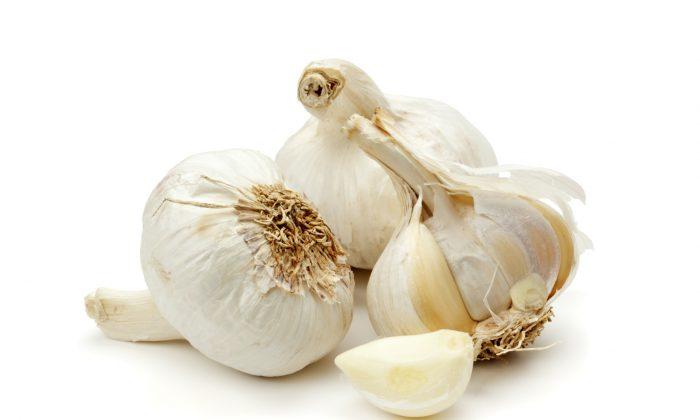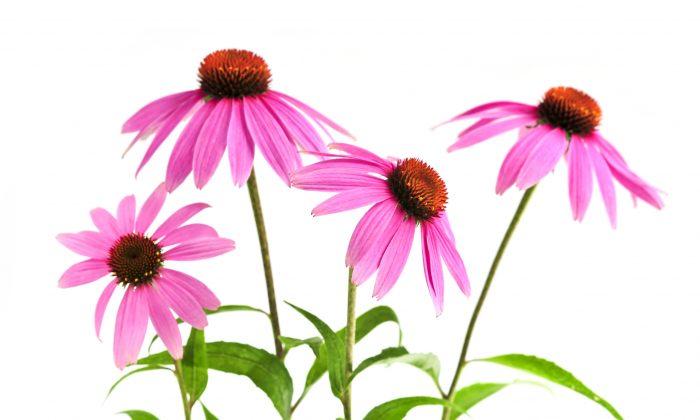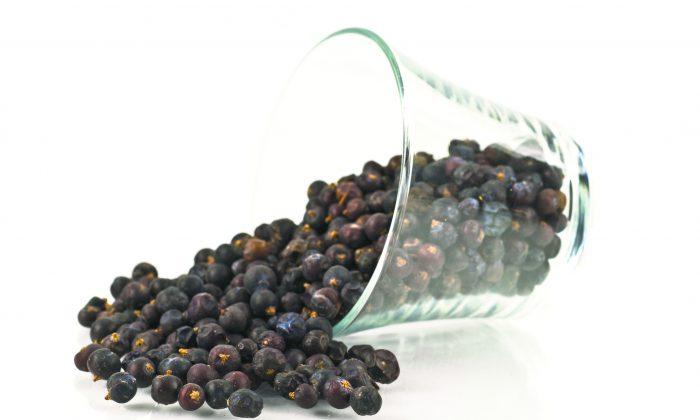Garlic (Allium sativum) has been cultivated for so long that is difficult to determine exactly where this plant originates from. The 17th century Swiss botanist and one of the founders of plant geography De Candolle, postulates an origin around southwestern Siberia, where it spread to southern Europe and became naturalized in the Latin countries bordering the Mediterranean. More recent theories suggest it may be indigenous to southwestern or central Asia.
A Storied Past
What we do know for certain is that its use was recorded in Sanskrit approximately 5,000 years ago. A Sumerian clay tablet dating back to 3,000 B.C. has been discovered inscribed with a prescription including garlic, and the Chinese also used it at least as far back as 3,000 years ago.
Egyptian medical records dating from 1,550 B.C detail garlic prescriptions for the treatment of disorders such as high blood pressure, skin troubles, ulcers, respiratory disorders, worms and other intestinal problems, dandruff, lice, flatulence, and graying hair, to name just a few.
Those skilled masons who built the Great Pyramid of Cheops were fed on garlic, onions, and leeks to maintain both their strength and immunity to infectious disease. Garlic was also consumed in large quantities by the ancient Greeks and Romans. Roman soldiers were supplied with a daily ration of garlic to maintain their strength, and it is believed that the Romans first introduced garlic to Britain. The word garlic is derived from the Anglo-Saxon gar(spear) and lac(a plant), and is undoubtedly a reference to the appearance of the leaves.
In Great Britain, just prior to the turn of last century, tuberculosis was a major cause of death, and British physicians successfully employed garlic ointments, compresses, and inhalants to treat the disease.
During World War I, garlic was in great demand in Britain, as army field hospitals used liquid garlic compresses to combat infections. Garlic cloves were pressed and the juice diluted with water. Bandages were then soaked in the garlic water and applied to battle wounds, the incidence of amputation from wet gangrene being greatly reduced as a result.
Garlic is one of the most useful of herbs. Herbalists throughout history valued it so much that the white flowers of garlic were chosen as the symbol to represent the first apothecary guilds of Asia and Europe.
Ancient Remedy for Modern Times
Garlic is just as important to the health of modern people as it was to your average ancient Egyptian.
Around the world, cases of drug-resistant strains of tuberculosis are occurring at unprecedented rates, circulatory disorders are more prevalent than ever in Western countries, and large scale viral outbreaks like SARS are becoming a global concern.
As well as strengthening the bodies’ own immune response, garlic is a true antibiotic in the sense that it also kills the offending micro-organisms. It is effective across a broad spectrum of bacteria, unlike many pharmaceutical antibiotics, which kill only a narrow range of germs, and there doesn’t appear to be any danger of the development of resistant strains of bacteria that we find with pharmaceutical antibiotics.
In fact, garlic is effective against notoriously resistant strains of bacteria like staphylococcus and salmonella.
Another problem with pharmaceutical antibiotics is that they are ineffective against viruses, whether it be the common cold or more serious viral infections. Garlic, however, has been shown to directly kill many viruses, including influenza, herpes, vesicular stomatitis virus (responsible for cold sores), and human cytomegalovirus (a common source of secondary infection in AIDS patients,) while providing a cure and/or symptomatic relief in many other viral diseases whether they are human or animal.
Garlic is also anti-fungal and anti-parasitic and effective, whether applied externally or internally.
Garlic is also one of those class of herbs termed alteratives, which are commonly found to contain high amounts of minerals like iron, sulphur, chlorine, and phosphorus, and are effective at cleaning the blood and improving its oxygen carrying ability.
Alteratives are always used by herbalists as part of a mixture for skin conditions. Garlic also contains iodine and bromine, which are necessary for endocrine balance. Garlic has all of these in abundance with the unique and added benefit of being able to loosen, chemically change and release cholesterol laden deposits on the inside walls of the arteries, veins, and heart.
How to Take Garlic
Garlic can be taken in quite large amounts internally, up to 20 capsules a day without harm. If your body has a lot of waste built up, some stomach discomfort and intestinal hurry may be experienced. It should be noted that garlic should not be taken in larger than culinary doses if you have problems with your liver or gall, pancreas, or bile. Alternatively chop or crush three cloves of garlic and cover with about 3/4 cup of wine, vinegar or carrot juice. Leave overnight.
For external use, blend three cloves of garlic in approximately one quart of water and apply as a wash. Be careful when applying raw garlic directly to the skin, as it may irritate or burn.
Luke Hughes is a classical Western herbalist and horticulturist based in Sydney, Australia.






Friends Read Free